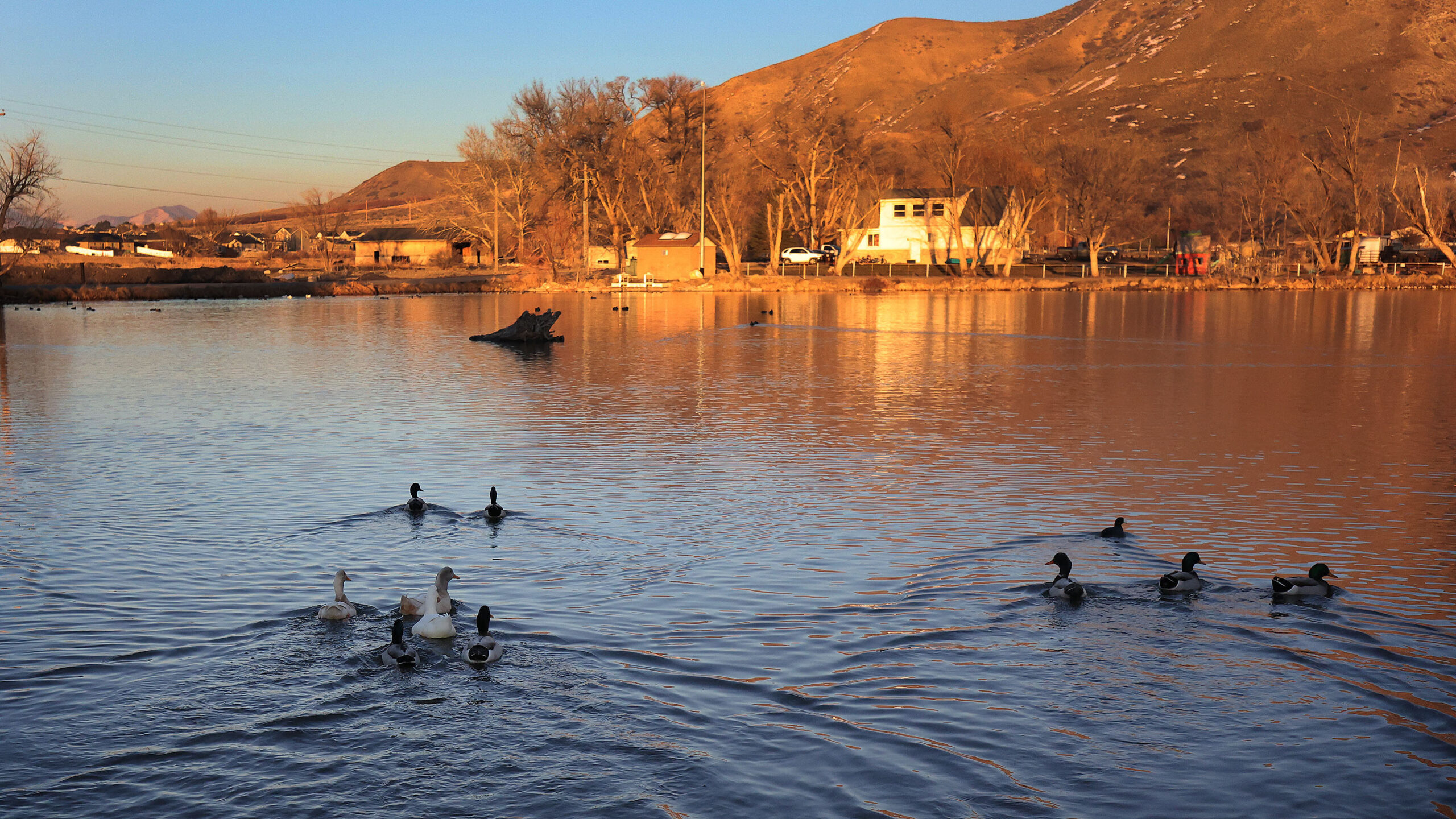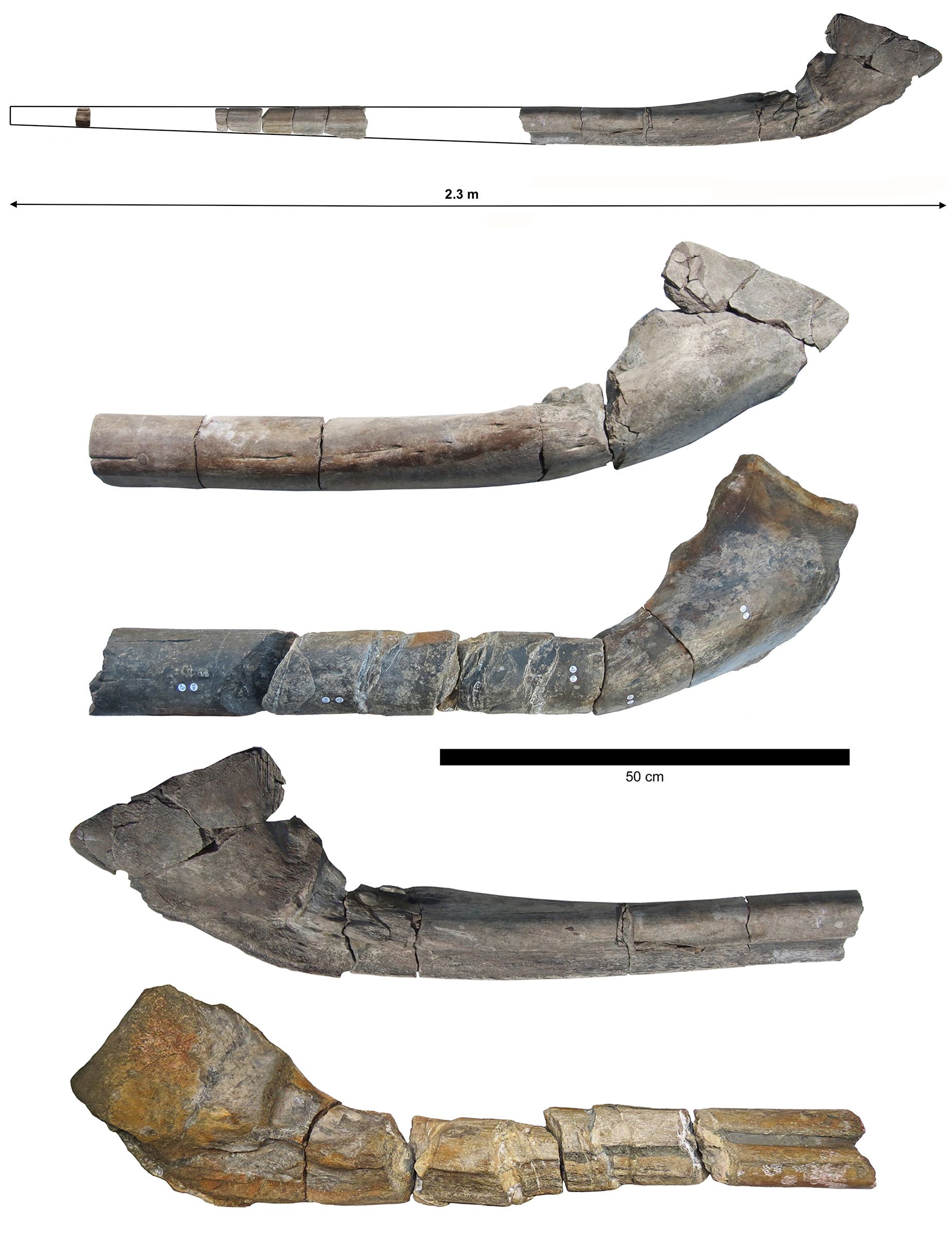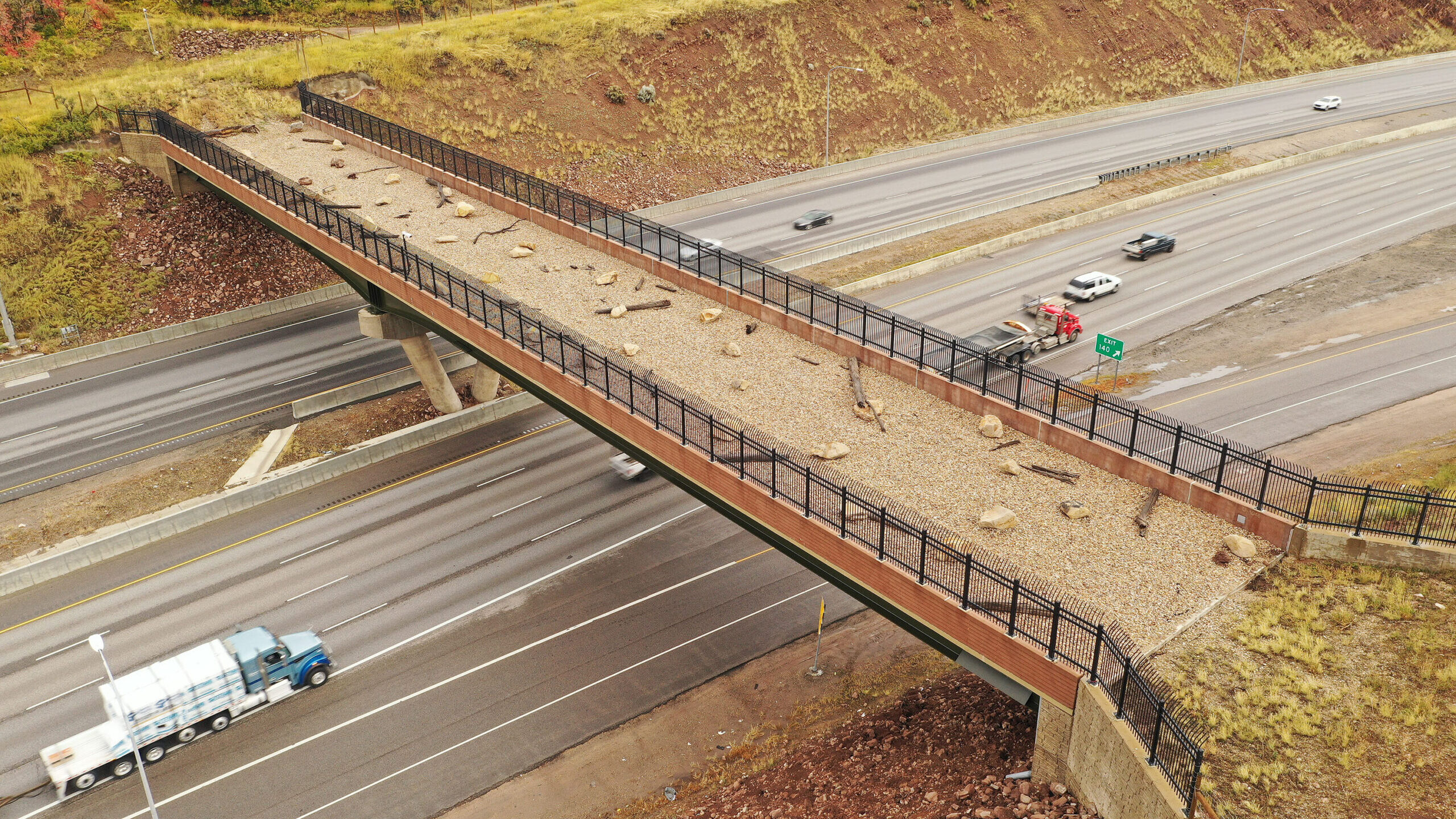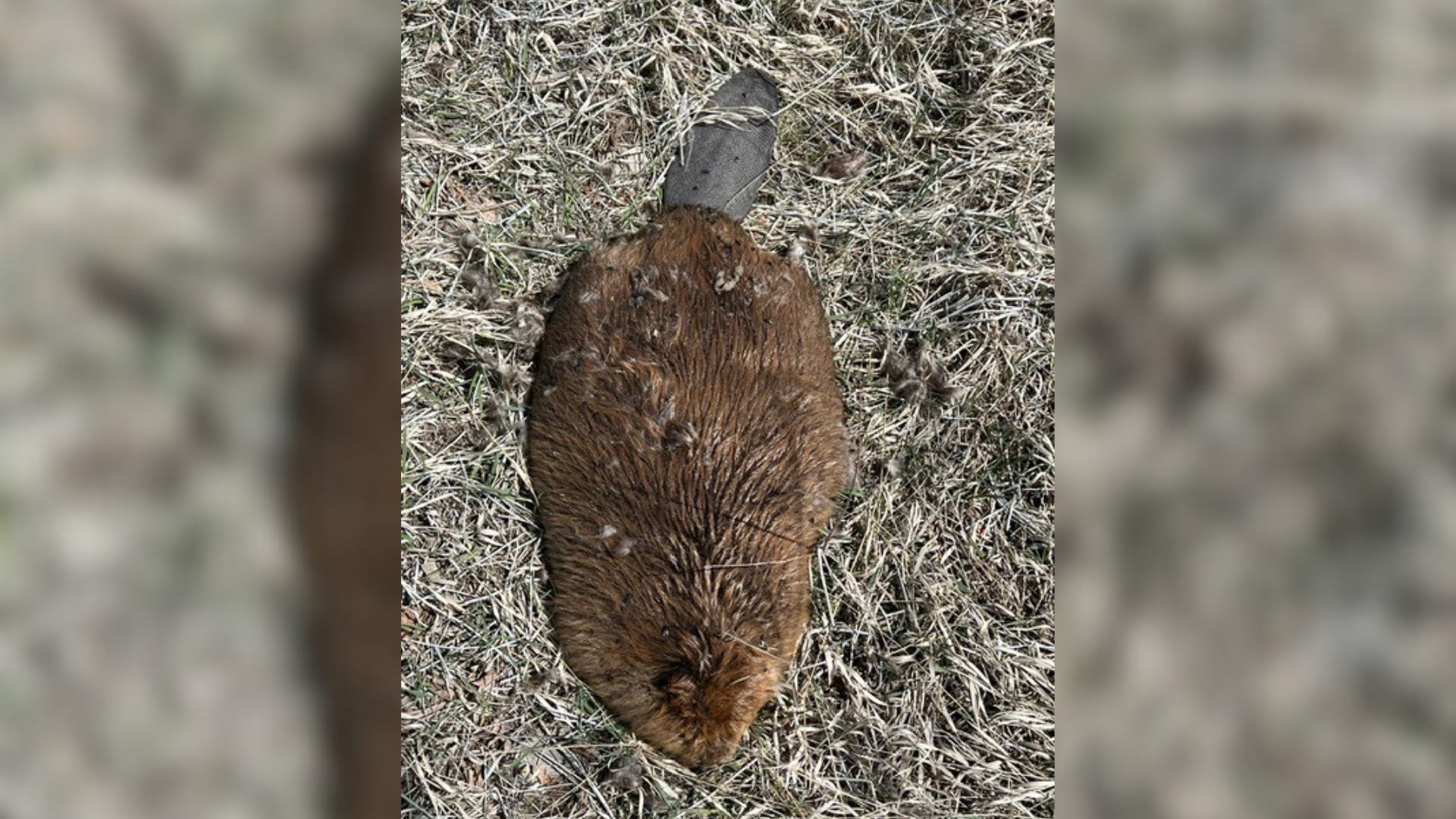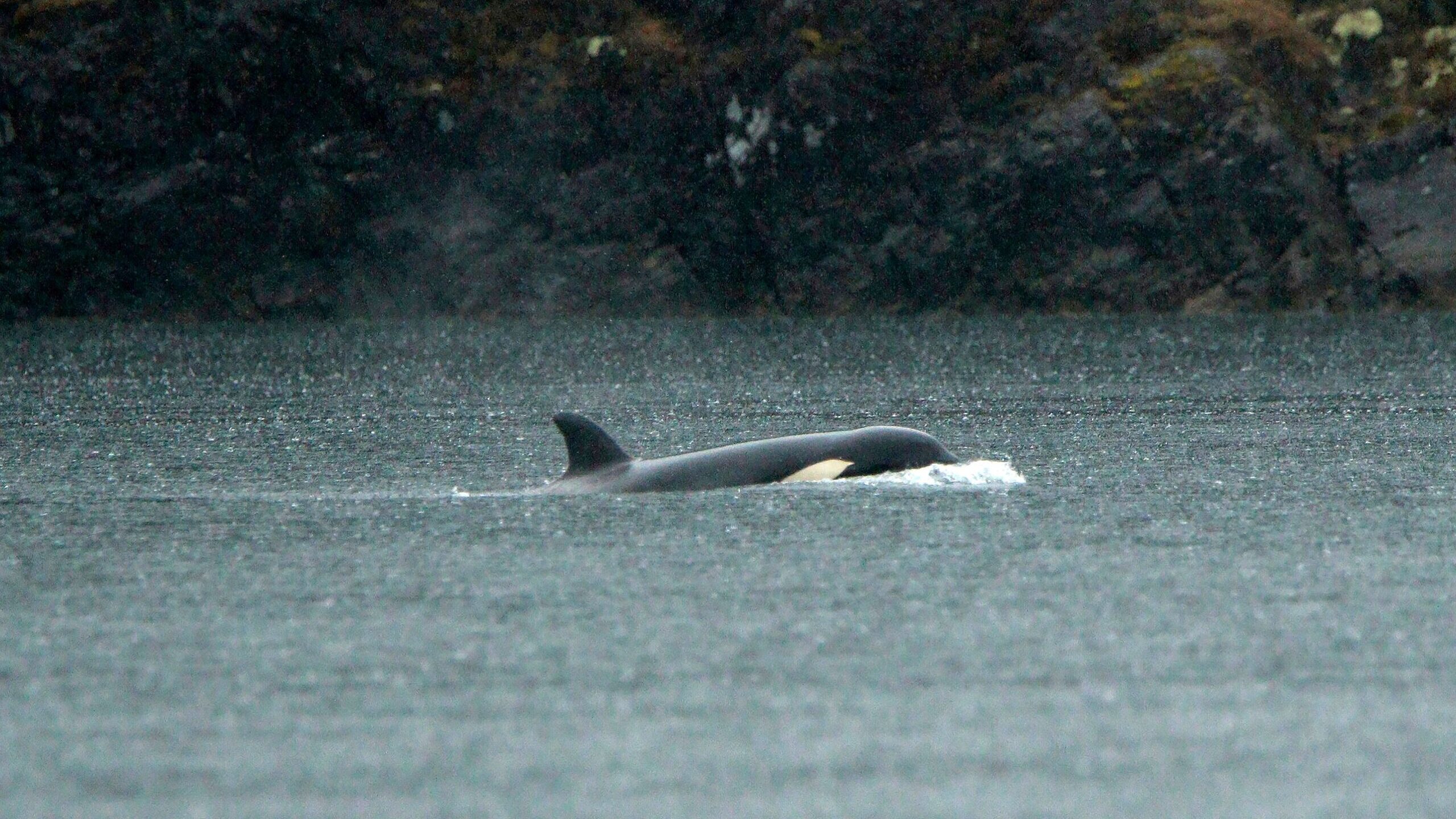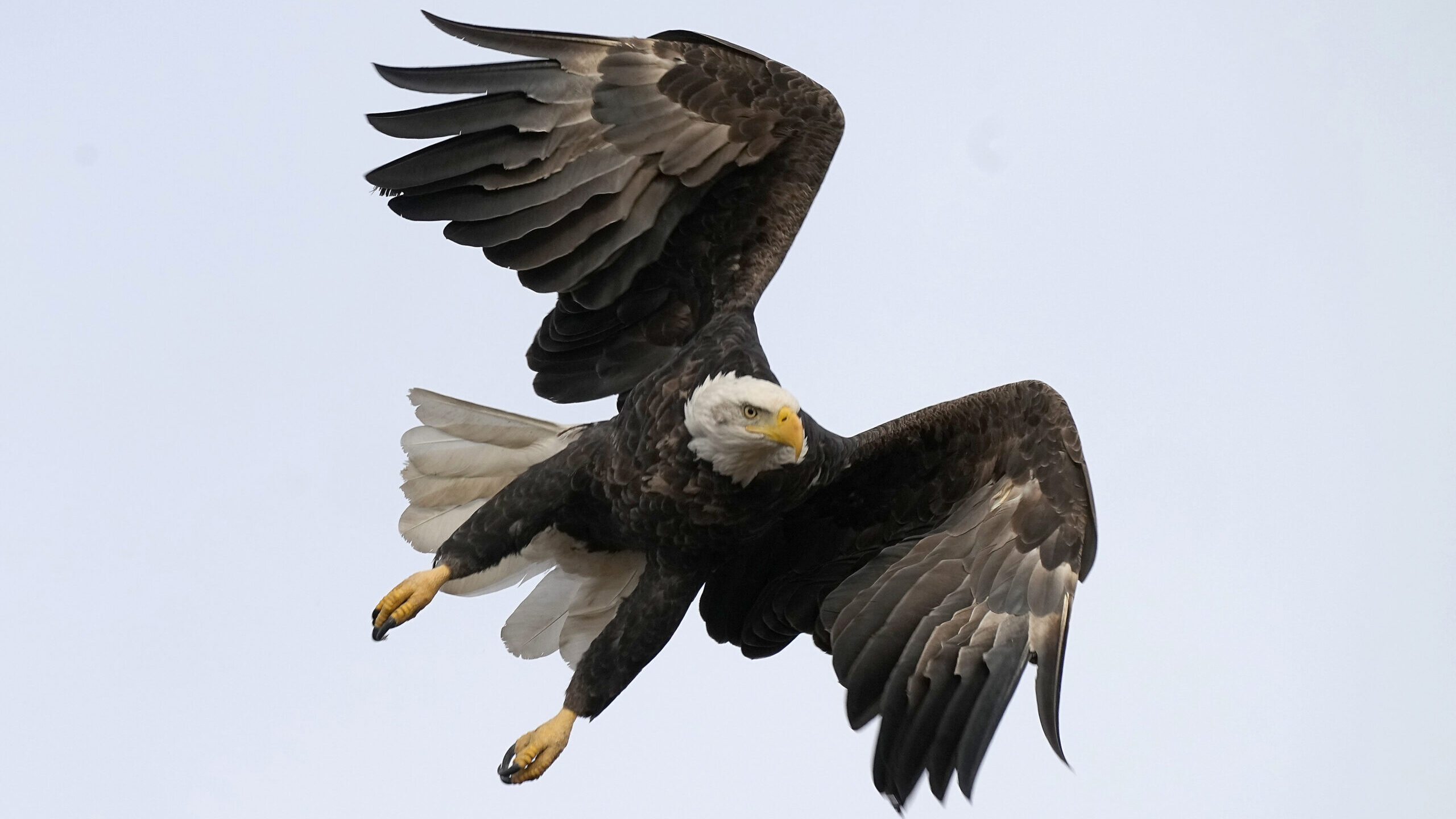Four elk killed as herd gets too close to I-215 and I-80
Feb 1, 2023, 9:30 PM | Updated: 9:33 pm
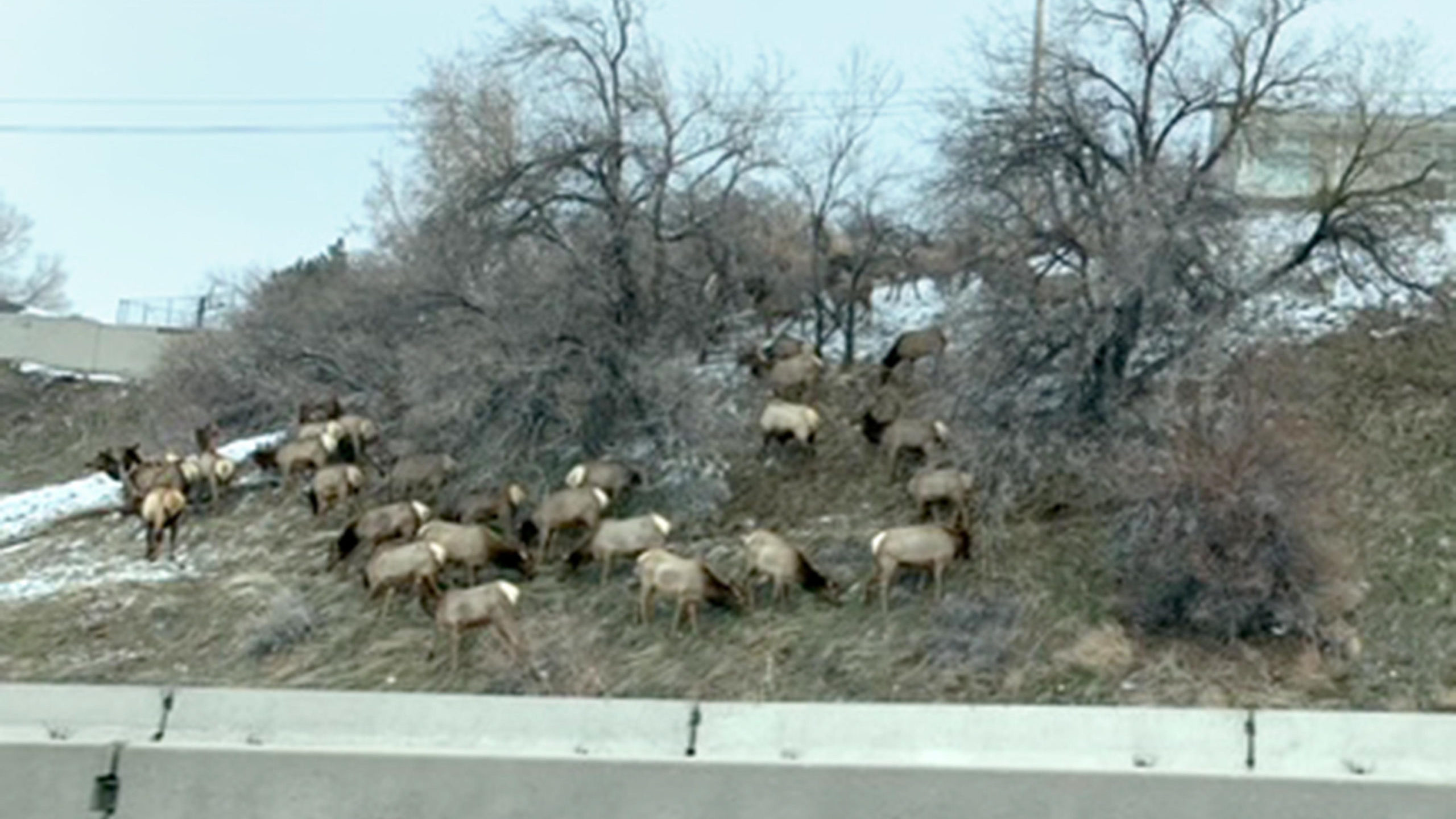
A herd of elk ended up on the roadways near I-80 and Foothill Boulevard on Thursday, Jan 26, 2023. Photo credit: Utah Division of Wildlife Resources.
SALT LAKE CITY — A herd of elk made their presence known Wednesday morning on the east side of Salt Lake City.
The Utah Department of Transportation had to close portions of I-215 (along the east bench) and I-80 (entry into Parleys Canyon) for about 30 minutes as a result of the wildlife. Two elk were struck by vehicles and killed, and two others were injured after being struck. However, the two injured elk had to be euthanized later.
The elk are currently on the north side of I-80 and east of Foothill drive. Please continue to avoid the area while we get the situation under control. pic.twitter.com/R5VDueNinG
— Utah DOT (@UtahDOT) February 1, 2023
Scott Root, outreach manager for the Utah Division of Wildlife Resources, joined Jeff Caplan’s Afternoon News on Wednesday to discuss the situation.
“It’s a tragedy,” Root said. “And we just want to remind the motorists, please be careful. It’s really hard to stop in time, if you’re on an interstate when you’ve got a big elk right there in front of you.”
Are these areas the herd of elk travel through regularly?
Caplan asked, “We’ve had a few incidents on the East Bench in the past couple of days alone. Do these elk normally travel through these same areas all season?”
“We’ve had some kind of drought years and milder winters,” Root said. “This has been a pretty snowy winter and very cold winter. And that’s kind of what got the elk to actually come not only lower but actually worked their way into some urban areas.”
Caplan asked what can be done to get the elk away from the highway?
Root says its a delicate and complex situation. He says roughly 60 elk have crossed Foothill Drive. He says they are currently hanging out on the Salt Lake Country Club Golf Course.
“The country club has been good work with us,” Root said. “They’re just hanging out, the elk are.”
Warmer temperatures should help
Root says the DWR is hoping for some warmer temperatures to melt some of the snow off the vegetation. He says once that happens the elk will naturally begin to head back up into the mountains.
“It could be any time,” he said.
Root is hopeful that once the elk begin to go back up, the DWR, the Utah Department of Transportation and the Utah Highway Patrol will have enough time to make it safe for motorists and the elk.
“It’s a very difficult situation,” Root said. “Elk go where they want to go.”
Root says nighttime hours are especially dangerous.
“They are more active at night, actually,” he said. “So, that even makes it more tough on the highways. You got to keep your eyes open and look at the sides of the road because they’re more active at night. And it’s hard to see them.”
Jeff Caplan’s Afternoon News can be heard on weekdays from 3 to 7 p.m.


